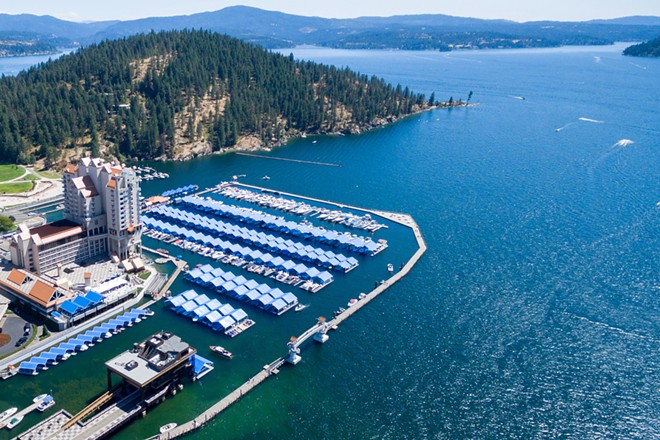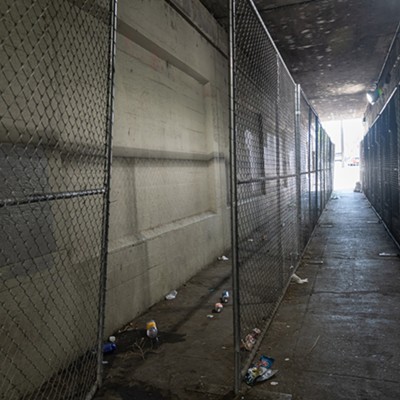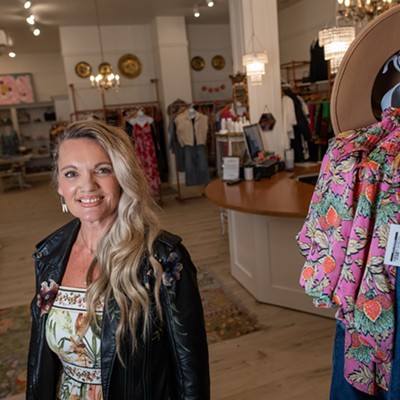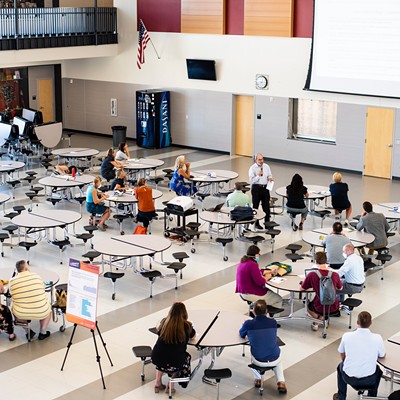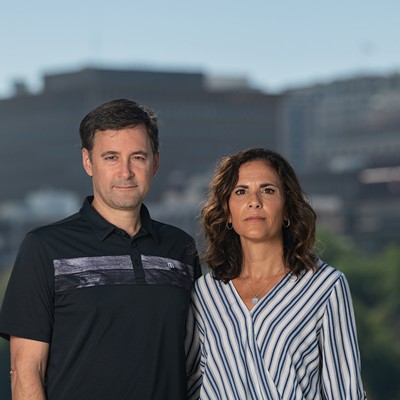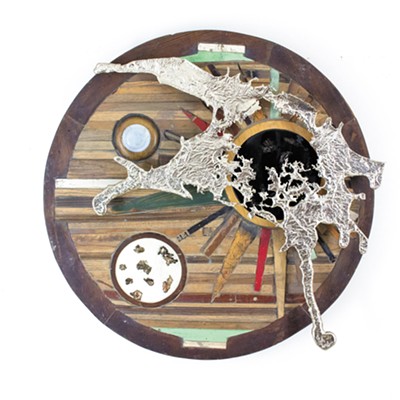For anyone who's been in, on or around Lake Coeur d'Alene, the magnificence of North Idaho's second-largest waterway is undeniable — a sapphire gem surrounded by verdant national forest land. Fed by the equally stunning St. Joe and Coeur d'Alene Rivers, the lake resembles a tilted L-shape on the map bridging Kootenai County with Benewah County to the south. Some 25 miles long and several miles wide in spots, Lake Coeur d'Alene offers more than 100 miles of shoreline from which to launch a boat, fish for kokanee, take a dip or enjoy a stunning sunset.
Yet the very things about the lake that have made it so attractive, like its natural resources, have also imperiled its health, especially from decades of mining, but also from continued agricultural, commercial and residential development.
Recognizing that the lake was a treasure in need of safeguarding, a group of concerned citizens came together in 1972 to form the Kootenai Environmental Alliance, which in 2022 celebrates 50 years as one of the region's staunchest environmental allies.
"We didn't have a lot of foresight," says Mary Lou Reed, a former Idaho legislator who co-founded the KEA. "We just knew that there was a lot to protect."
There was also a lot of work undoing past damage. According to KEA's website, "the organization started in response to the extensive environmental damage in the Idaho Panhandle caused by timber and mining interests, land developers, and policies of land managers of the federal government."
Reed and her late husband, environmental attorney Scott Reed, along with Idaho Sen. Art Manley, and several local sporting organizations created the KEA amid a flurry of increased local, regional and national environmental activism. In 1973, for example, the Reeds also helped form the Idaho Conservation League.
On the national stage, the early '70s saw the creation of the Environmental Protection Agency, and passage of such landmark legislation as the Clean Air Act and the Endangered Species Act.
Some of KEA's earliest efforts played out in headlines and courtrooms. In 1983, it filed suit against the Panhandle Yacht Club to challenge its construction of a large private marina. KEA lost in court, but helped increase public understanding of how private interests impact lake use for all.
In 2011, KEA sued the U.S. Army Corps of Engineers to thwart the removal of old-growth trees along the shoreline of North Idaho College's Rosenberry Drive, better known as the dike road. The suit raised public awareness, likely resulting in fewer trees being removed.
Rather than litigation, which is expensive and challenging to carry out, says KEA Executive Director Shelley Austin, the organization's more recent efforts are focused on relationship-building.
The 2012 Yellowdog Creek project is a good example. KEA worked with several government agencies and fishing hobbyists to rehabilitate habitat impacted by sediment from forest roads that emptied into the North Fork of the Coeur d'Alene River.
"We're activists, advocates and educators," says Austin, who sits on the Coeur d'Alene Lake Advisory Committee, established by current Idaho Gov. Brad Little to improve and protect the lake. "Now we try and advocate and build community around our issues, so that people are aware of the issues that we're discussing."
Over the years, KEA has also curtailed its reach. Initially, the organization addressed five areas: "climate action, water and land use, and forestry and wildlife," says Austin, adding that water quality is now the primary mission, with climate action and land use initiatives in supporting roles.
For example, KEA is a designated Waterkeeper, meaning it's part of an alliance of more than 350 groups networking across 46 countries to preserve and promote clean water. As such, KEA works with the public — citizen scientists, it calls them — to report on potential concerns, including through free boat tours.
KEA also has a range of educational programs for schools in Coeur d'Alene, Post Falls and Lakeland districts. One plan involves adopting elementary schools as Waterkeeper schools, Austin says.
Learn more about how Kootenai Environmental Alliance is protecting Lake Coeur d'Alene as its official Waterkeeper, and how to donate or volunteer, at kealliance.org.
"And what we're really trying to do is get the kids aware of the [water conservation] language and what does it mean — watershed — and kind of how does water work, because water is complex," she says.
KEA partners with the Coeur d'Alene Tribe, Idaho Department of Environmental Quality, the University of Idaho and its extension program called IdaH20 to create the yearlong Confluence Project for area high schools, which culminates in a youth summit judged by area science experts.
Funding for KEA's educational and other programs comes from a variety of sources. It hosts a screening of the nationally touring Wild and Scenic Film Festival, which returns in spring 2023, and the annual community-based Junk2Funk fashion show slated for October.
"In the last two years with COVID, we didn't do those fundraisers," says Austin, noting that the hiatus cost KEA roughly 40 percent of its annual income.
Another KEA event to look forward to is historian Douglas Brinkley's lecture on his forthcoming book, Silent Spring Revolution: John F. Kennedy, Rachel Carson, Lyndon Johnson, Richard Nixon, and the Great Environmental Awakening (Brinkley's July 2022 lecture was canceled due to travel issues and has not yet been rescheduled).
Brinkley's presentation is especially timely, Austin says. Not only is this the 50th anniversary of KEA, it's also been 50 years since Congress passed the Clean Water Act.
The landmark environmental legislation is vulnerable, Austin says. Even though a single waterway might involve numerous states, the Supreme Court might change the Clean Water Act, granting power to individual states to enforce the law as they see fit — or not. ♦

